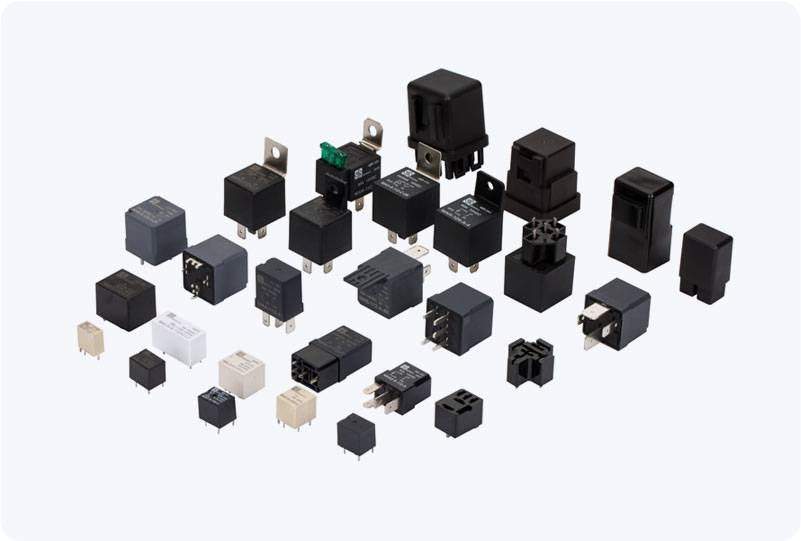The rapid development of new energy vehicles (NEVs), particularly electric vehicles (EVs) and hybrid electric vehicles (HEVs), has reshaped the automotive industry and raised new challenges in managing and controlling high-voltage electrical systems. One key component critical to the functionality and safety of these systems is the High Voltage DC Relay. This device plays a crucial role in controlling and isolating high-voltage direct current (DC) circuits, ensuring the efficient and safe operation of the vehicle’s powertrain and battery management systems.

Understanding the Role of High Voltage DC Relays A High Voltage DC Relay is a type of electrical switch designed to handle high-voltage DC circuits, typically operating at voltages of 200V to 800V or higher in electric vehicles. In comparison to traditional relays used in lower-voltage systems, these relays are specifically engineered to manage the substantial power demands of electric drivetrains and their related components. The primary function of a high-voltage DC relay is to control the flow of electricity between the high-voltage battery, electric motor, and other crucial systems, such as charging stations or power converters. This relay can either close or open a circuit, enabling or disabling the current flow based on the vehicle’s operational needs. It’s designed to operate swiftly and reliably, ensuring that high-voltage systems remain functional while also isolating parts of the circuit when necessary for safety or energy management.